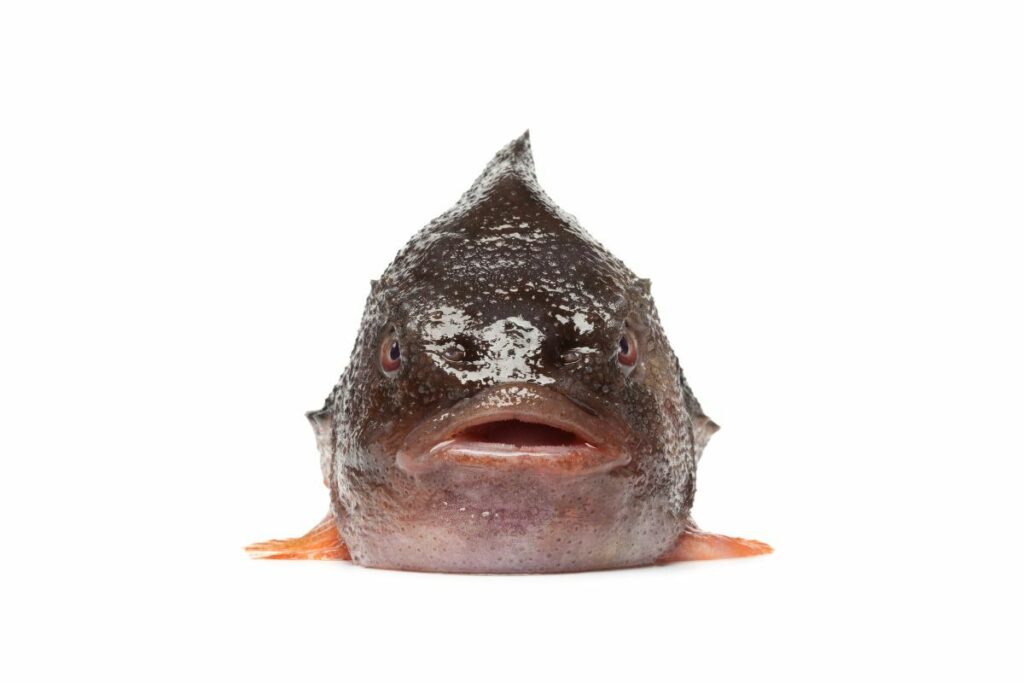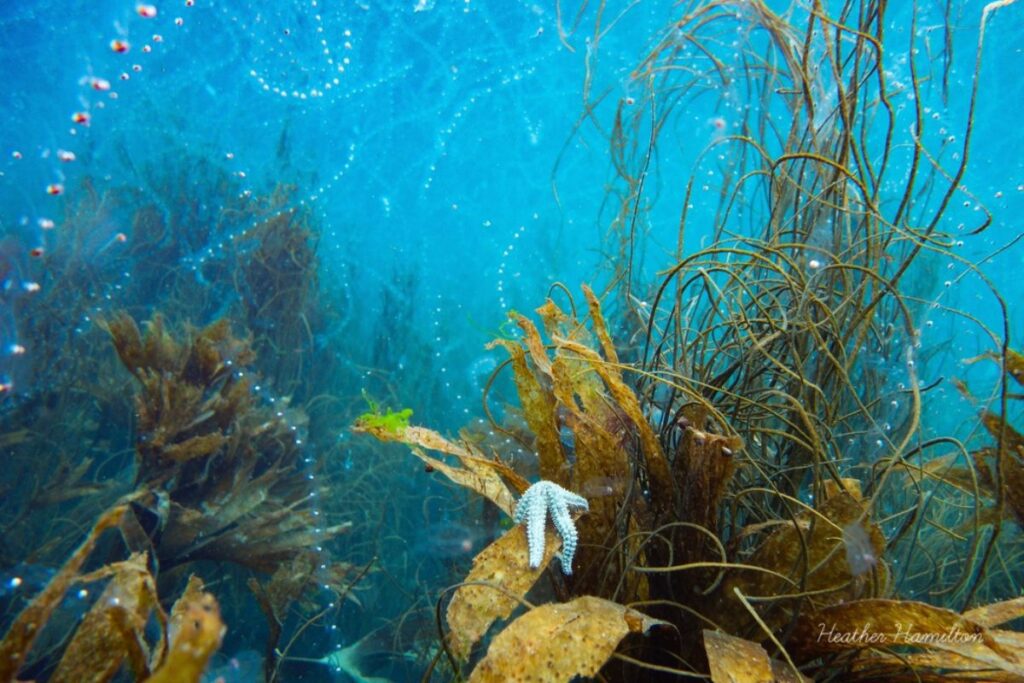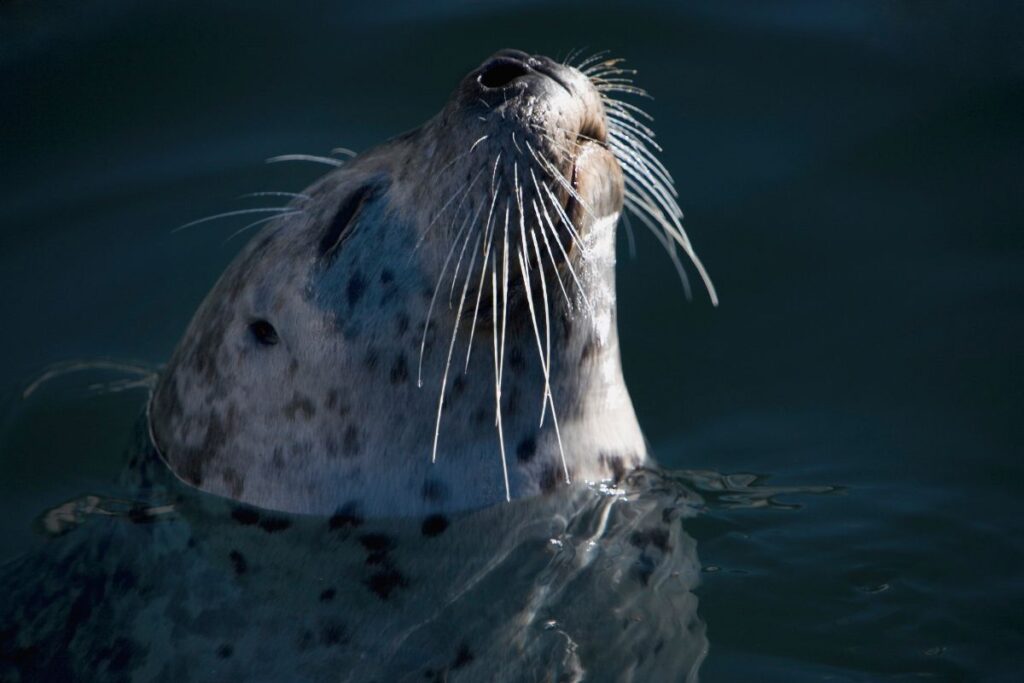It’s a sad fact, but due to unsustainable fishing and increased water pollution over the last 40 years our marine wildlife has dwindled. A series of rehabilitation programmes aimed at making our seas more sustainable, and the introduction of protective measures has helped to claw back some of our marine life from the brink of extinction. But exactly what progress is being made?
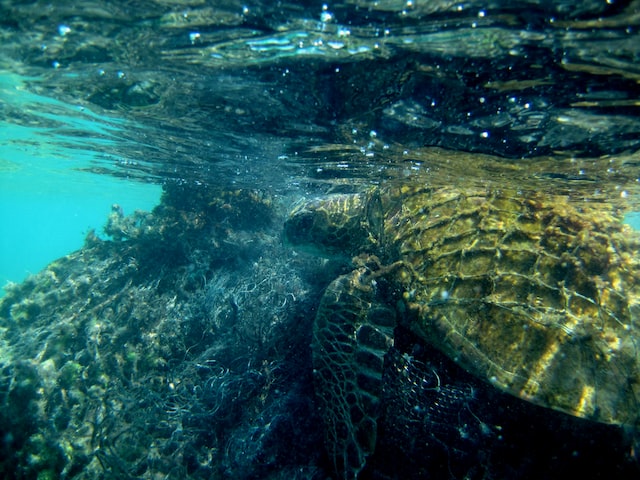
Endangered Species In The UK
The United Kingdom is home to a variety of endangered species, many of which are found in the waters around the country. Commercial fishing, pollution and the loss of habitat are all major threats to these sensitive creatures. Here are just a few of the endangered marine species that can be found in the UK.
The common skate is one of the largest fish in British waters, but it is also one of the most endangered. Once widespread throughout the North Atlantic, overfishing has led to a sharp decline in numbers. Although protected under European law, stocks have not recovered, and the common skate is still at risk.
The sturgeon is another endangered fish that can be found in UK waters. These ancient creatures were once numerous in Britain’s rivers, but they have been massively overfished for their Caviar. Sturgeon are now protected by law, but their populations have not yet recovered.
The basking shark is the second largest fish in the world, but it is considered endangered due to commercial fishing and loss of habitat. These gentle giants are often accidentally caught by fishermen, and their slow reproduction rates mean that they struggle to recover from these losses.
These are just a few of the endangered species that can be found in British waters. With increasing awareness and conservation efforts, hopefully, these creatures will be able to rebound from the brink of extinction.
Protecting our seas
Growing awareness about the state of UK seas gained momentum throughout the 1970s, and by 1983 the Marine Conservation Society had been registered. A number of initiatives have been launched throughout the last 35 years to promote marine life and ensure that our oceans are protected from the five challenges that The Wildlife Trusts claims are currently facing our seas:
- There are not enough protected areas at sea
- Discarding issues in the fishing trade
- Lack of planning of competing interests
- Severe pollution
- Human behaviour
The introduction of Marine Protected Areas (MPAs) in the UK means damage limitation is being controlled in specific environments. These areas form a chain around our coastline protecting a wide range of marine wildlife. WWF is currently championing The UK SEAS Project which is looking to develop MPAs to improve their management and effectiveness. While we’re yet to see long-term benefits, it’s believed these segregated areas will protect endangered sea life and provide pockets of the environment where fish and marine life can flourish.
 Endangered sea life in the UK
Endangered sea life in the UK
The International Union for Conservation of Nature’s Red List of Threatened Species lists the Atlantic Halibut and Atlantic Bluefin Tuna as endangered, while the Atlantic Cod and Basking Shark are vulnerable. Basking sharks are now protected in UK waters, and data suggests their population in the UK may be beginning to recover. Although only a summer visitor to our waters (typically during May-October) basking sharks tend to live a long life in the wild, and Cornwall is often tipped as one of the best places to catch a glimpse of one.
Now classed as a vulnerable species, Atlantic Cod has found itself on this list as a result of overfishing. Western Europe accounts for an estimated 70-80% of the world cod market, with the UK being Europe’s largest importer and consumer. Fisheries have become more savvy when it comes to catching cod, and unregulated fishing remains a constant threat to sea levels. Creating sustainable market incentives and ensuring the correct management of fisheries are the next steps to promote stock in our seas and decrease the amount of endangered sea life.
It’s due to discarding issues in the aforementioned fishing trade that we are seeing a reduction in fish stocks in our seas. With demand for fish constantly increasing, overfishing has caused a detrimental effect on many forms of marine life. In 2013 a reform of the EU’s Common Fisheries Policy saw a commitment to end overfishing and a landmark ban on discards, the practice of throwing unwanted catch back into the sea. By next year the practice of discarding should be totally phased out, but is it enough to allow us to regain control of our seas?
Of course, fishing isn’t the only industry contributing to the negative effects on our marine wildlife. Offshore oil rigs and wind farms put huge pressure on UK seas, encroaching on fragile seabeds and disturbing subsequent wildlife. There is a large requirement for well thought out plans for our seas, so that we’re able to provide space for our marine life to thrive and recover from the detrimental effects of the past few decades. This doesn’t mean banning such important industries, but working hard to create a solution in which they can co-exist with our environmental wildlife.
The ban on plastics
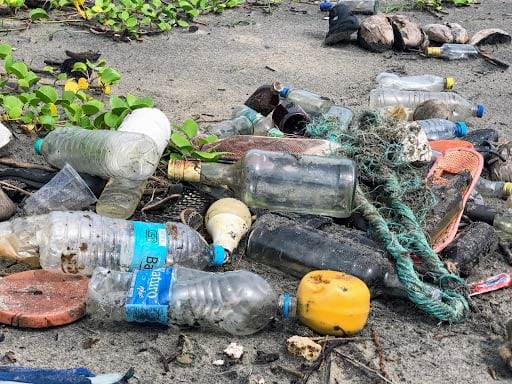 The latest initiative aimed at recovering our endangered sea life is to banish plastics from our seas. It’s a well known fact that our seas are now heavily polluted, and one of the biggest threats of the 21st century is the amount of plastics that are finding their way into our oceans. Greenpeace UK estimates that around 12.7 million tonnes of plastic ends up in our oceans every year. This includes everything from plastic bottles to bags and microbeads, and equates to a truck load of rubbish a minute.
The latest initiative aimed at recovering our endangered sea life is to banish plastics from our seas. It’s a well known fact that our seas are now heavily polluted, and one of the biggest threats of the 21st century is the amount of plastics that are finding their way into our oceans. Greenpeace UK estimates that around 12.7 million tonnes of plastic ends up in our oceans every year. This includes everything from plastic bottles to bags and microbeads, and equates to a truck load of rubbish a minute.
Huge steps have been taken on the journey to eliminate plastics, supermarkets now charge for carrier bags and plastic straws are steadily being withdrawn from many establishments throughout the country. Some towns have even been granted ‘plastic free’ status by Surfers Against Sewage – this includes Newquay, which is now officially part of a ‘Plastic Free Community’ due to the number of residents opting to use less plastic and volunteering themselves for beach cleans.
Plastic still remains a high threat to UK marine life, larger wildlife (including some forms of birds) can become entangled in plastic bags and other debris, there is also a significant issue with the consumption of plastics within the marine life community. Turtles in particular cannot distinguish between jellyfish and plastic bags. While the former is part of their everyday diet, the latter causes internal blockages and usually results in the animal’s death. Concerning results emerged from a Plymouth University study, which established that a third of fish caught off the UK were found to contain plastic – this included cod, haddock, mackerel and shellfish.
It’s a crushing fact, but in the 21st century the largest threat to our seas comes from humanity. The number of initiatives setup to help preserve our oceans and the wildlife within them has no doubt helped to save endangered sea life species from extinction. However, it’s our poor treatment of our seas, and the extent to which we have polluted them, that has had a direct impact on the dwindling numbers of sea life off UK shores. There has been an increase in the number of some protected species, such as the Basking Shark, and it is hoped that the recently introduced measures will promote the continuing growth of sea life in our oceans
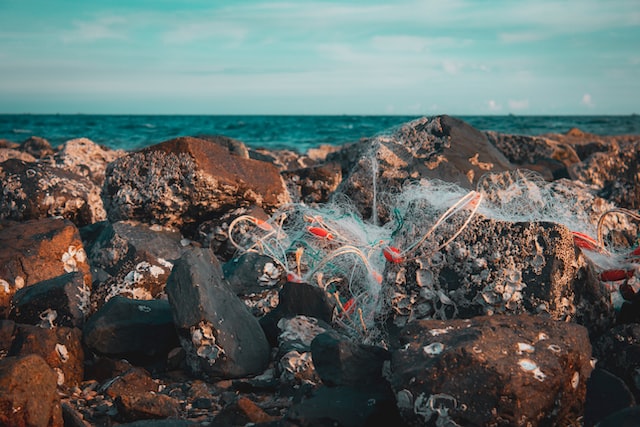
Fishing Nets
Fishing nets are one of the biggest threats to marine life. Thousands of whale sharks, dolphins, and turtles are killed or injured every year after becoming entangled in fishing gear. Not only does this cause immense suffering for individual animals, but it also has a devastating impact on entire populations. In addition to the direct loss of life, entanglement in fishing gear can also lead to injuries that make it difficult for animals to feed or reproduce. As a result, fishing nets are not only a threat to sea life, but also to the health of entire ecosystems.
Fortunately, we can take steps to reduce fishing nets’ impact on marine life. For example, researchers are working on developing new types of fishing nets that are less likely to entangle animals. In addition, education and awareness campaigns can help educate fishermen about the importance of using proper fishing techniques. Finally, responsible tourism practices can help ensure that tour operators are not contributing to the problem. Working together can help protect our marine life from the harmful effects of fishing nets.
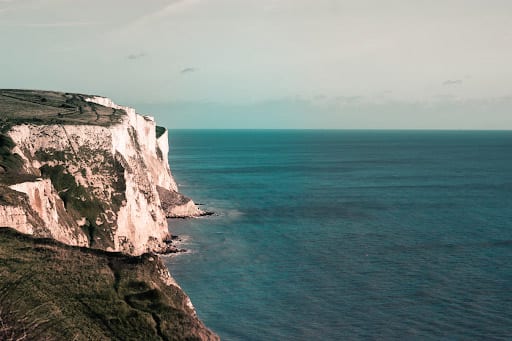 Endangered sea life in the UK
Endangered sea life in the UK